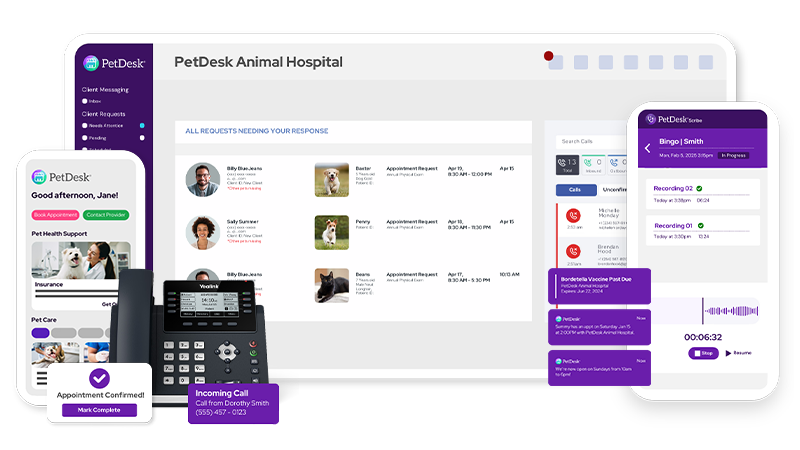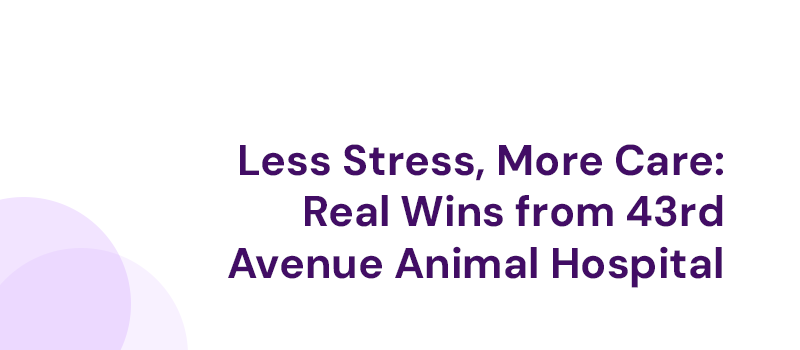Helpful Content & Resources for Veterinary Teams
PetDesk Resource Center
Featured customer resources
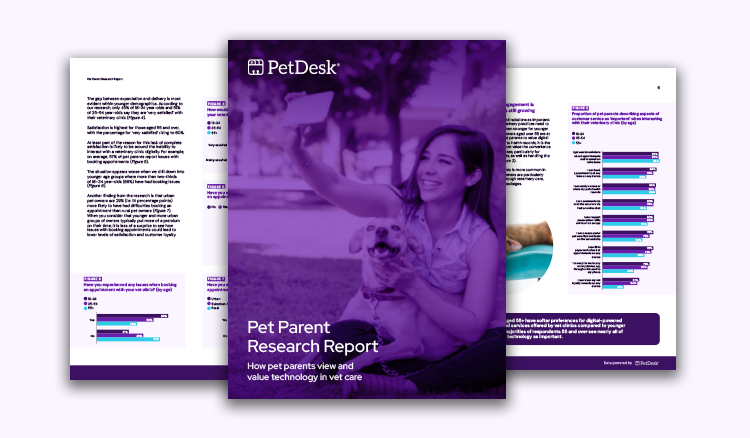
featured resource
The 2025 Pet Parent Research Report
The latest veterinary communication insights from 1,000 North American pet owners.
All Resources

Case Studies
See how veterinary teams are saving time, reducing call volume, and providing an excellent client experience with PetDesk.
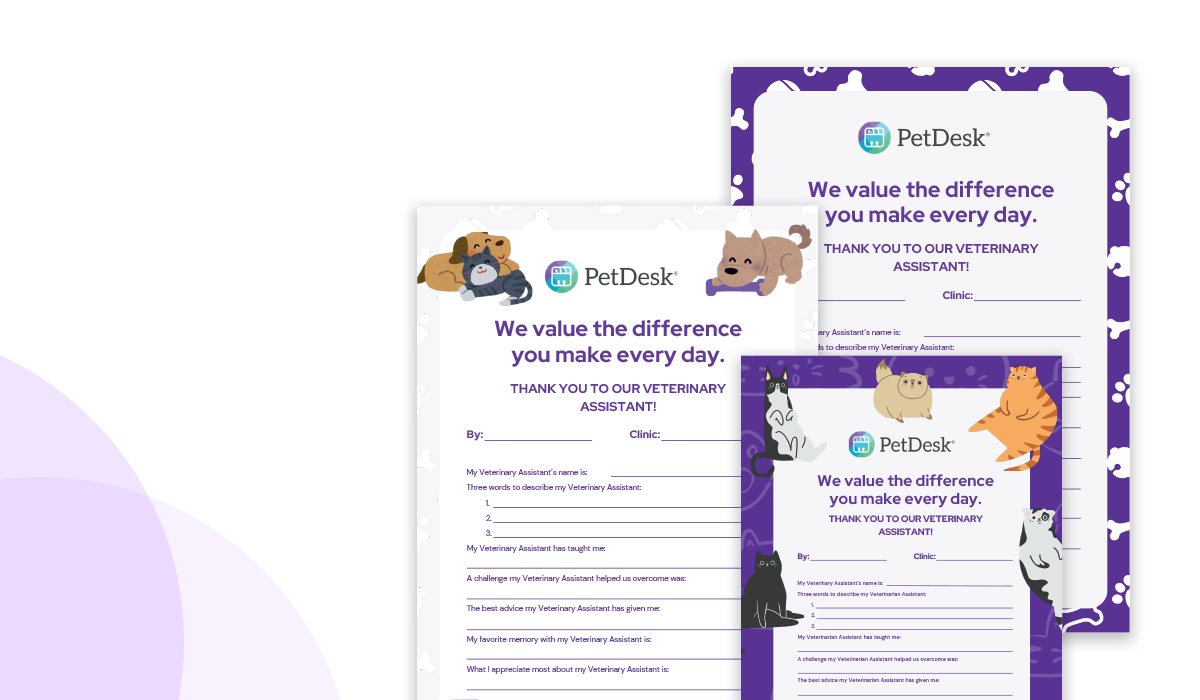
Customer Resources
Discover helpful content and resources geared towards making the lives of veterinary professionals easier.
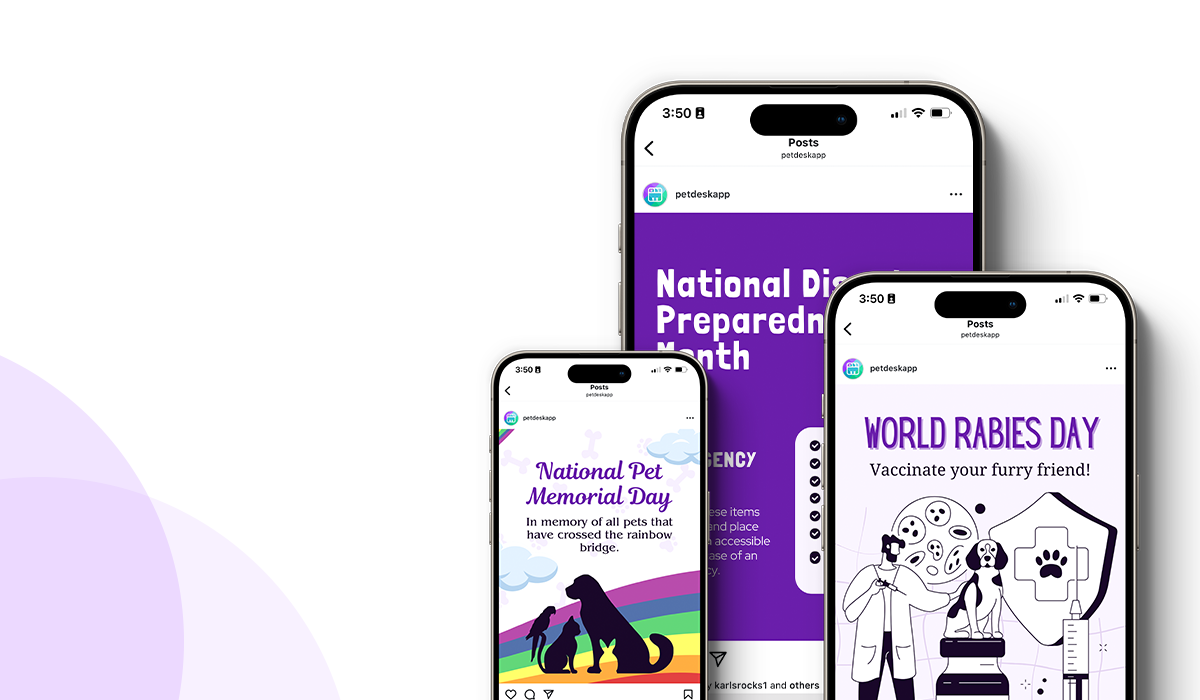
Marketing Freebies
Enjoy free social media resources and posts created each month specifically for the veterinary industry
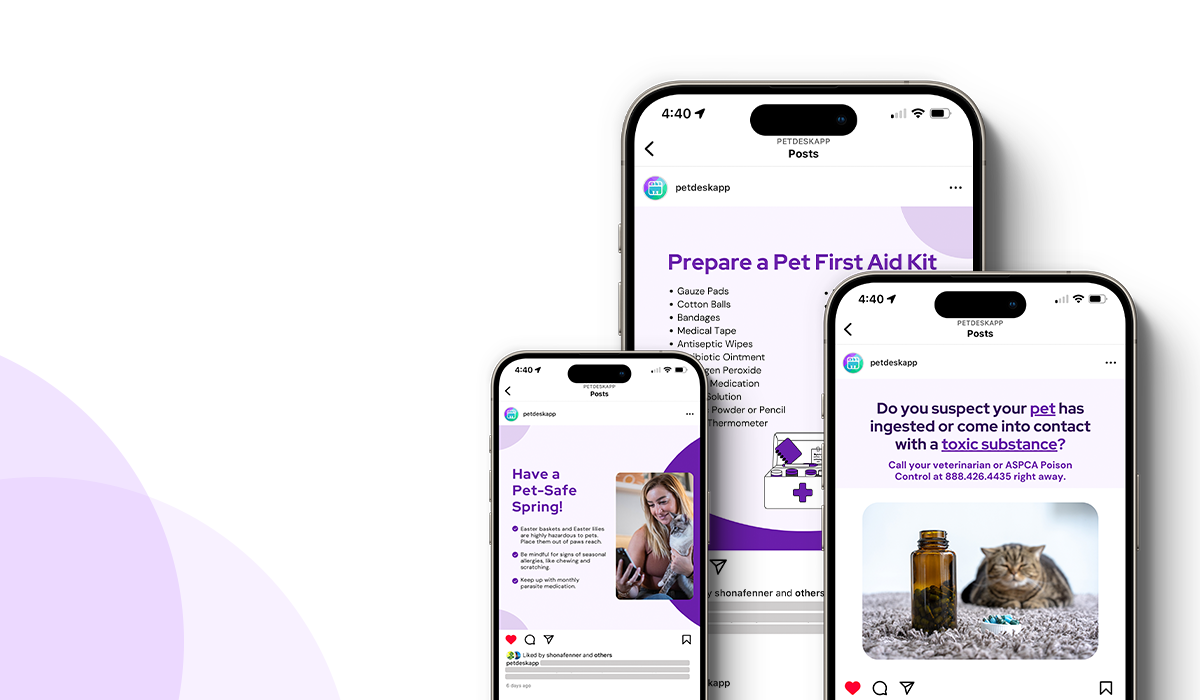
Social Posts
Social media packs curated for veterinary-specific subjects and seasons.

Handouts
Veterinary-specific handouts created to help teams educate clients.

Veterinary Guides
Tips, strategies, and helpful resources built specifically for the veterinary industry.


